Leading up to their eventual delistng, Montana and Idaho wildlife officials sought to resume “conservation hunt” alternatives on the gray wolves despite the packs at the time being relisted for protections under the federal Endangered Species Act (ESA).
Montana and Idaho wildlife officials are seeking to resume hunting alternatives on the gray wolves despite the packs being relisted for protections under the federal Endangered Species Act (ESA). In August of 2010, US District Judge Donald Molloy ruled the U.S. Fish and Wildlife (FWS) erred in separating wolf populations in Idaho, Montana, and Wyoming, then delisting the packs in Idaho and Montana. That FWS decision led to the resumption in the two states of wolf hunt permits and the killing of 260 wolves last year. Despite the relisting decision, the states are demanding from FWS permits for “conservation hunts” because populations exceed the “carrying capacity” of the ecosystem and are encouraging significant livestock and game animal predation.
Present populations of the region are about 1,700 wolves, down from what was considered by scientists a “stable population” of 2,000 in 2009.
The gray wolf was reintroduced into Yellowstone National Park and Central Idaho in 1995 under the federal ESA. Protection can only be removed once state regulations can guarantee a sustainable population. It appears that federal and state agencies that advocate reduction of those pesky wolves, disagree with environmental organizations such as EarthJustice, Defenders of Wildlife, and the Natural Resources Defense Council (NRDC) as well as the courts.
The real issue here are not the “problem” wolves, but the ranchers who seek to externalize their costs of operating a livestock operation, namely predator control, on public agencies and public taxpayer funds. An excellent article outlining this age-old conundrum of taxpayer-supported attacks on predators supporting private livestock concerns appeared in CounterPunch.org by George Wuerthner entitled “Of Wolves and Welfare Ranchers.” Essentially, eradication of wolves by public agencies began in the Massachusetts Bay Colony in 1630 with a public bounty on wolves. The practice continued through the settlement of the west. In 1843 there was a tax in Oregon, not for public infrastructure, but for a wolf bounty. A total of 80,730 wolves were killed in Montana under taxpayer-funded bounties between 1883 and 1918. Still lacking success in fully extirpating the population, federal agencies were called in for the “Biological Survey” of 1914, which put 200 agents out to track and kill wolves, ending with the demise of the species in historical strongholds such as Yellowstone National Park.

This all begs the question: are wolves a threat to livestock? Studies have shown that wolves in healthy packs avoid preying on domestic animals. They will quickly consume carcasses of already dead animals, a practice which has been shown in European studies to reduce further predation on domestic herds by dead flesh hanging around for long periods. Basically, placing herds in distant pastures with little or no oversight for months at a time is like an invitation for predation. French Alps studies showed that confining or gathering sheep together and surrounding them with five dogs significantly reduces wolf predation.
Additionally, by eradicating significant numbers of wolves, the complex social ecology of the wolf pack is dismantled, leading to smaller, younger packs with less stable home ranges, leading to prey on livestock. Packs usually number from eight to fifteen members and they range from six to six hundred miles. Wolves compete with coyotes and mountain lions, reducing their numbers (other maligned predators of wild ungulates and domestic herds).
Wolves are routinely blamed for the reduction of the elk population by 40 percent in the Greater Yellowstone region since they were introduced. A study coauthored by John Vucetich of Michigan Tech, Douglas Smith of the National Park Service (NPS) Yellowstone Wolf Project, and Daniel R. Stahler of the NPS Yellowstone Center for Resources, has been published in Oikos, an international journal of ecological research. It showed that years of drought and human hunter predation on the wild herds. As well, competition with grazing lands for the herbivorous animals and their deer and pronghorn cousins has also reduced populations.
Wolves prey on the weak, elderly or sick animals, therefore strengthening populations, while hunters tend to shoot animals in the prime of the reproductive life, therefore having a greater impact. As well, elk populations have stayed stable in other areas of the Northern Rockies, though are harder to find by hungry riflemen because the animals have staked out territories where no hunting is allowed.
Though Defenders of Wildlife has created a wolf compensation plan that paid ranchers $1.4 million since 1987, essentially condoning rancher’s right to welfare payments on their operations, there are many programs which can lead to sustainable coexistence between ranches and wolves. See the following video for details…
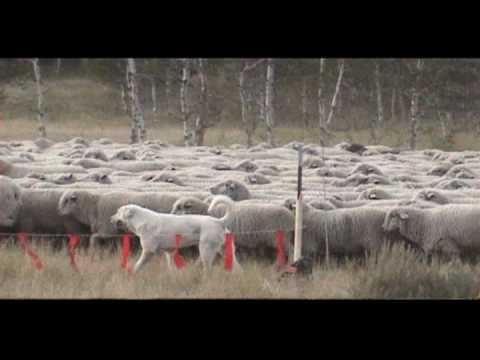
Watch this video on YouTube

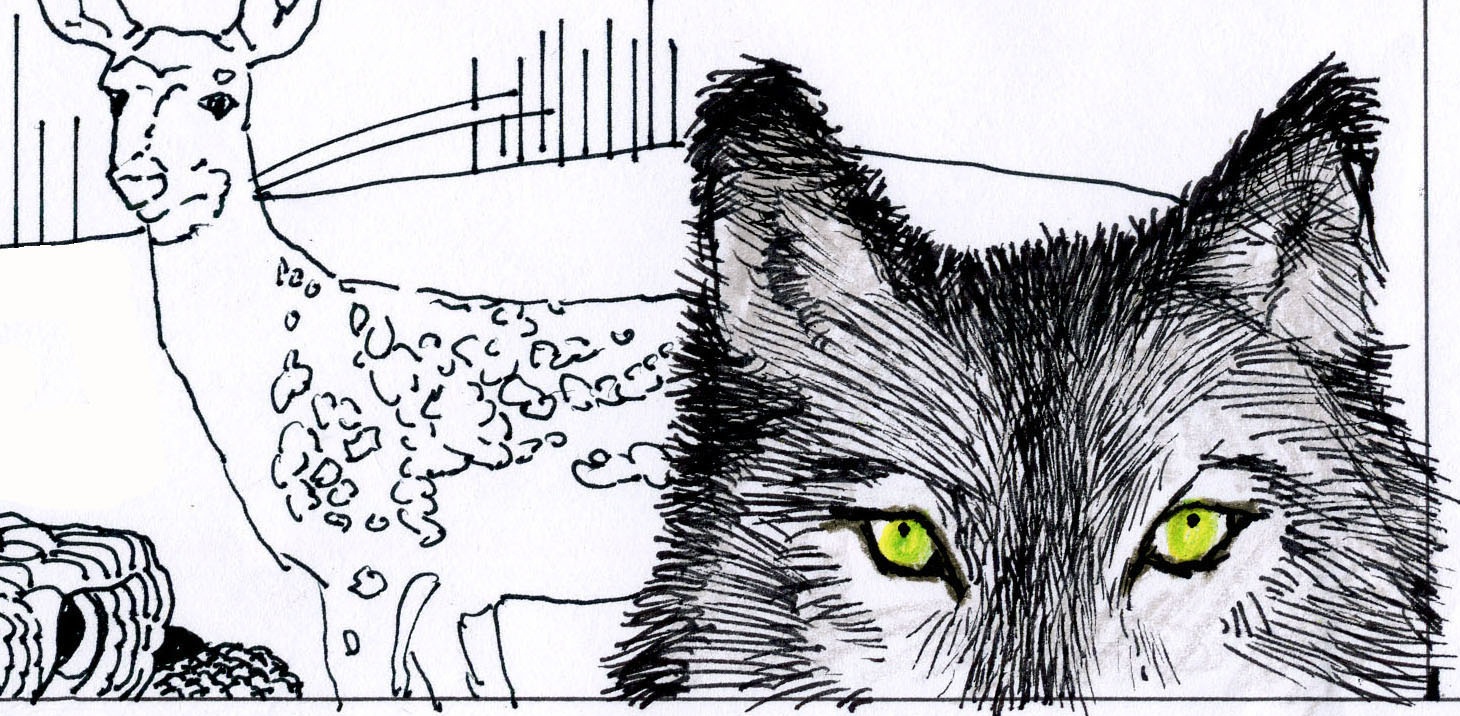

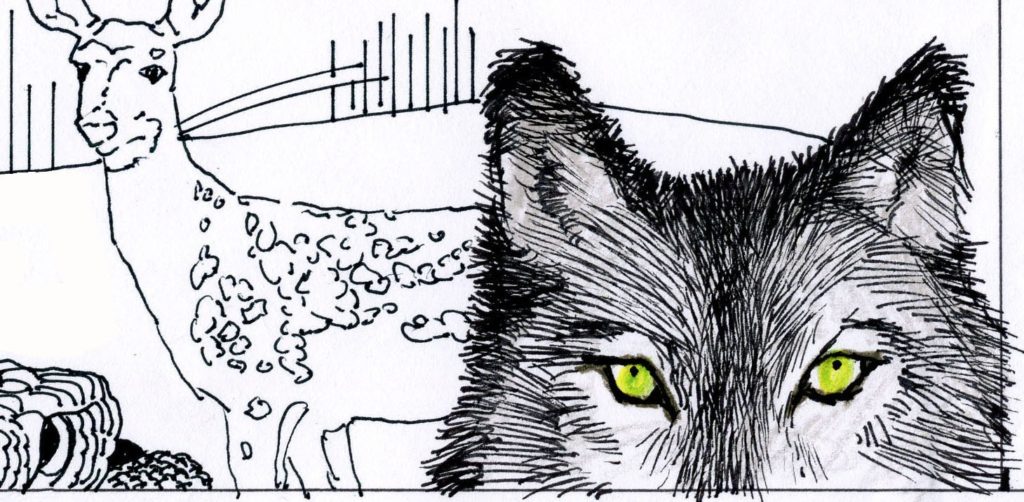


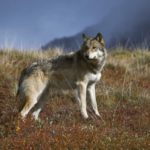
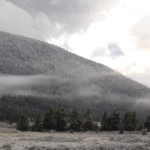
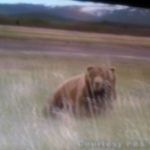






Pingback: Tweets that mention Montana and Idaho Plan Wolf Attacks | wilderutopia.com -- Topsy.com
Wow this is a great resource.. I’m enjoying it.. good article
Amiable dispatch and this enter helped me alot in my college assignement. Gratefulness you on your information.
Pingback: Wolf Howls Yellowstone Back to Health – By Chip Ward | wilderutopia.com
I think if the ranchers were allowed to control the numbers some what it would be better for the taxpayer (I wonder how much it cost for animal damage control to do it out of a helicopter), and they might have a better chance of getting the actual wolves that are preying on cattle. The hyperbole about not tending the cattle for months is just that. My neighbors have to constantly keep up the fence, maintain water, and some even sleep out in the woods with their cattle many nights during the summer.
Come see for your self the actual situation in lots of locations. It’ll do a body good to get out in the woods.
Thanks, Jeff, for your comment. We both know it is not a black and white issue. I will, however, gladly take your advice!
Pingback: Yellowstone Druids: The Last Valley of the Wolves? | WilderUtopia.com